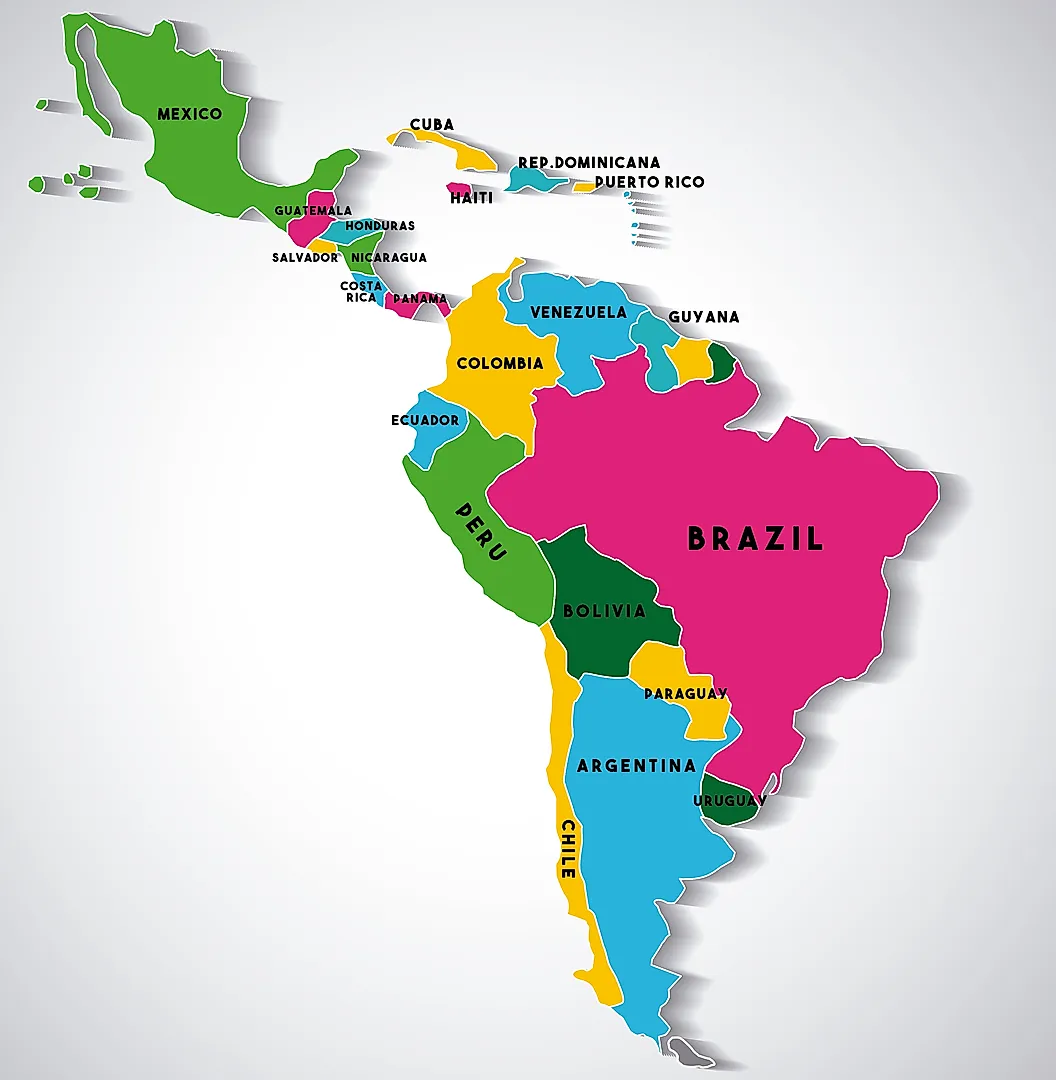Argentine President Javier Milei’s La Libertad Avanza (LLA) party surprised the country by shooting to victory in the national legislative elections, securing 41% of the vote overall — well above the Peronist opposition and exceeding what most analysts were expecting. So, where did it perform the best, where did it surprise, and who lost out?
LLA won in Buenos Aires province The ruling party’s win in the country’s largest electoral district was one of Sunday’s most surprising outcomes. This was not only because the province is a Peronist stronghold, but also because LLA was coming off a drubbing in the September local elections. The 14-point loss to Fuerza Patria was in fact a major contributor to the political volatility of the weeks leading up to the midterms, as the government pointed to the result as evidence that the return of Kirchnerism was around the corner. Although the margin was slim (41.5% to 40.8%), the result is a red flag for Governor Axel Kicillof and the party as they look toward the 2027 presidential vote.
LLA came first in 6 of the 8 provinces that elected senators Argentina’s senators serve for six years, and a third of the senate (eight provinces) is renewed every two years, so the upper-house legislators who were on the ballot on Sunday had been in their seats since 2019. Back then, LLA was not a significant political force in Argentina. So, it’s unsurprising that the ruling party gained more seats.
In Argentina, each province has three senators. The party with the most votes gets two, while the party that comes second gets one. The results meant LLA will have two senators in each of the following:
Buenos Aires City Chaco Entre Ríos Neuquén Salta Tierra del Fuego In total, the libertarians will have 19 senators out of 72.
The UCR now has just three deputies and nine senators Once one of the most powerful political parties in Argentina, the Unión Cívica Radical (UCR) is now a shell of what it once was. Although there are 9 national deputies that entered the chamber as party members, the formal UCR bloc currently only has 3 lawmakers. The other 6 belong to Democracia para siempre (3) and Liga del Interior ELI (3), the latter a bloc closely aligned with LLA.
During the 20th century, the party boasted lawmakers, provincial governors, and multiple presidents. Its influence, however, started to wane in the early aughts after UCR member Fernando de la Rúa’s presidency ended in December 2001 amid severe economic turbulence and dozens of dead protestors, the most serious crisis Argentina has endured since the return of democracy in 1983. And although it has enjoyed some moments of resurgence since, Sunday’s results are a damning indication of how far the party is from the halls of power.
Voter turnout was low, at 67.9% The number marked the second lowest turnout since the return of democracy in 1983. The figure becomes more damning when one takes into account that the lowest turnout took place in the 2021 midterms, during the COVID-19 pandemic (67.8%). Despite the near record, the number is in line with a downward trend that has been affecting Argentine elections for the past 25 years.
Turnout for the 2023 presidential election, for instance, was slightly above 77%, one of the lowest since the return of democracy (the highest turnout was in the two elections in the 80s, with over 85%). The number was seen as noteworthy on Sunday, as some analysts argued that the high absenteeism was evidence that support for the ruling party was not as strong as the voting numbers indicated.
Stocks surged by up to 50% on Wall Street In a 180-degree turn compared to the doom and gloom that dominated economic headlines in the weeks leading up to the elections, Argentine bonds and company stocks shot up on Wall Street on Monday, in some cases by up to 50%. The peso-to-dollar exchange rates, Argentina’s most famous indicator of economic health, also plunged up by 7%. And while these raises are already starting to plateau (and in some cases recede, as the dollar exchange rate is once again starting to rise), the market’s behavior was another win for LLA.
In Antarctica, LLA got 93% of the vote The opposition voters there — all 11 of them — must have had a frosty morning!




